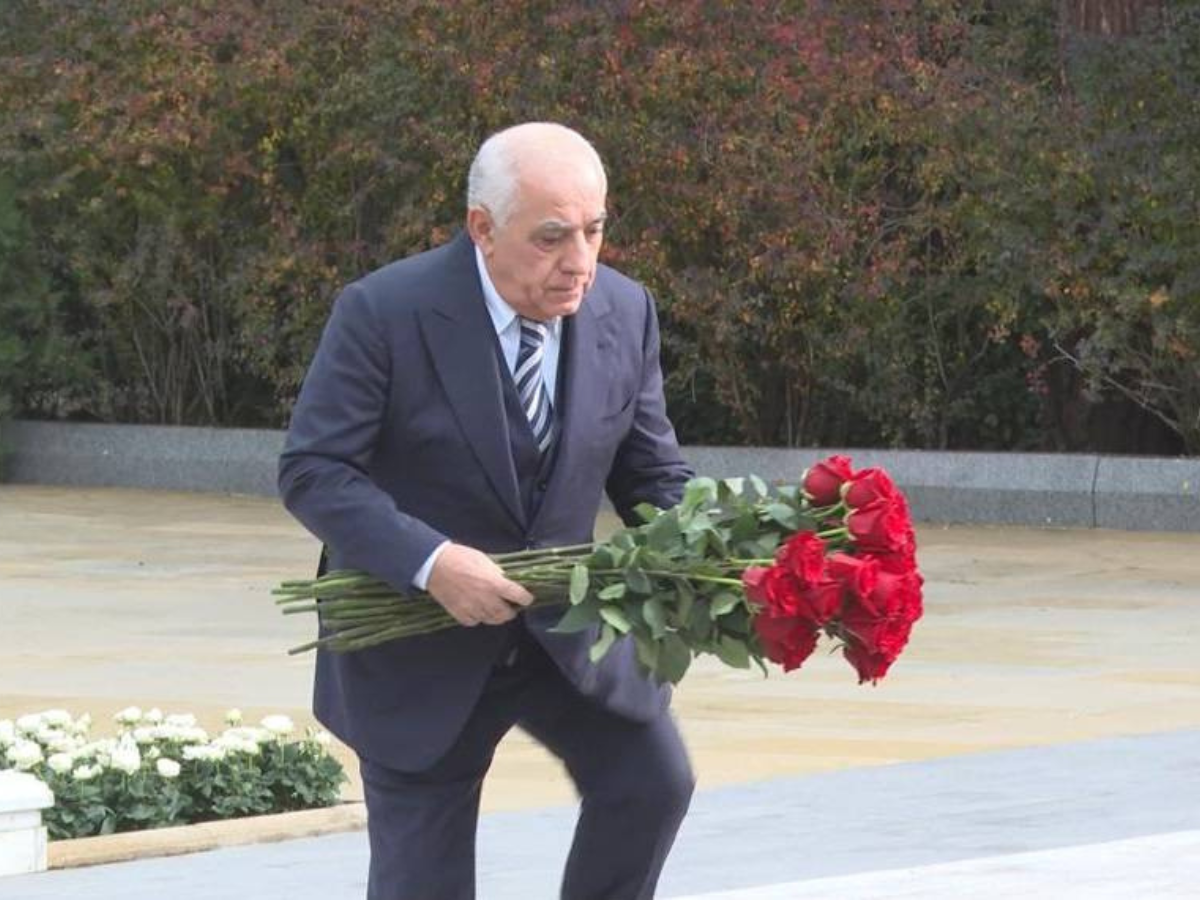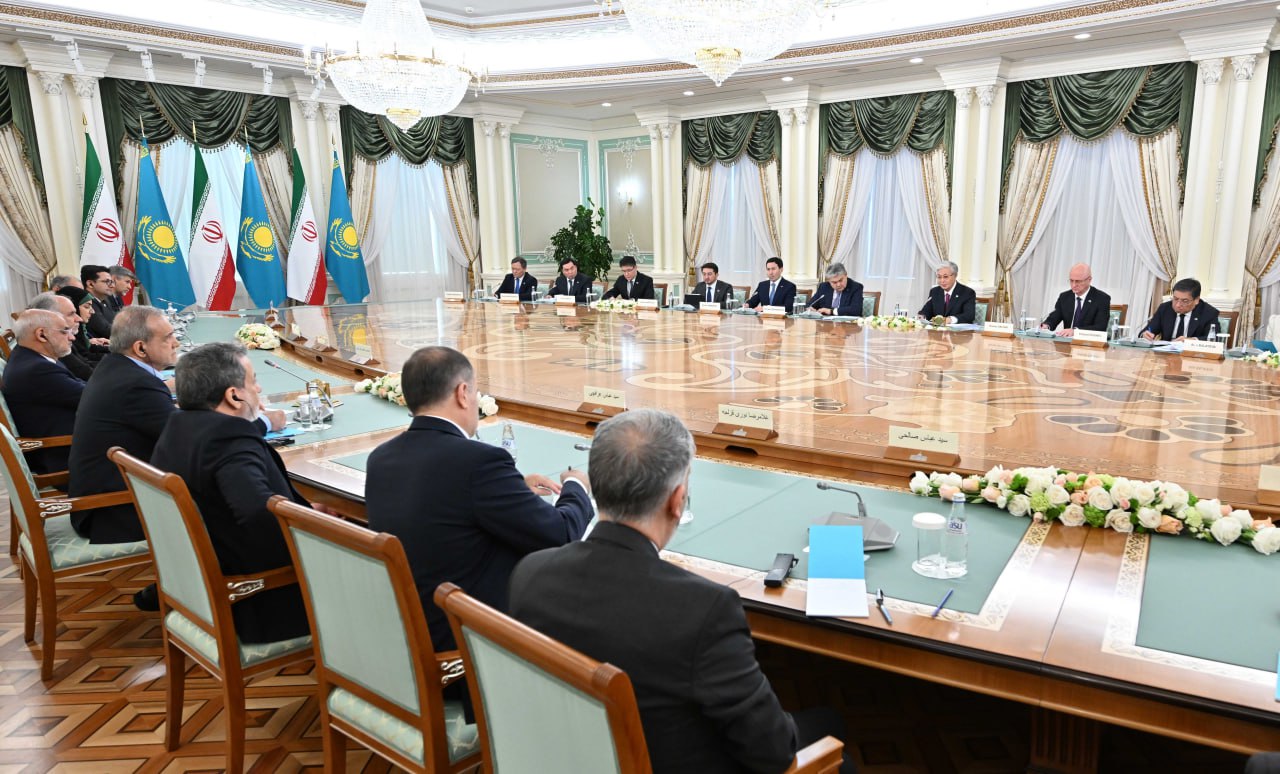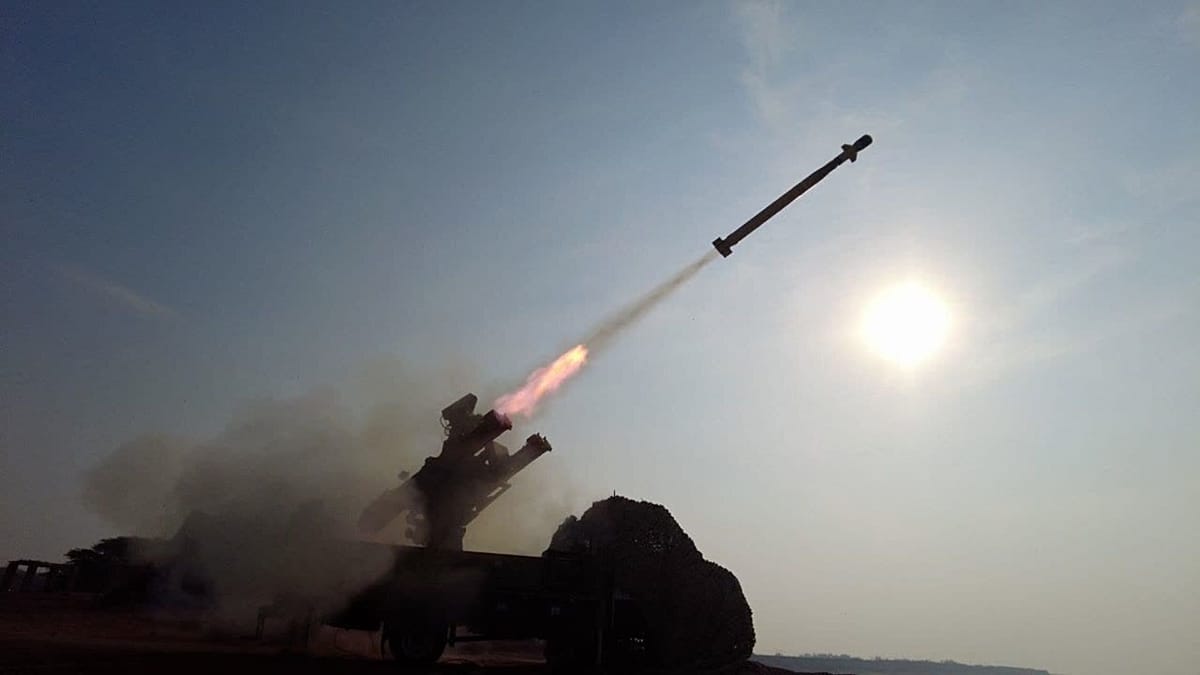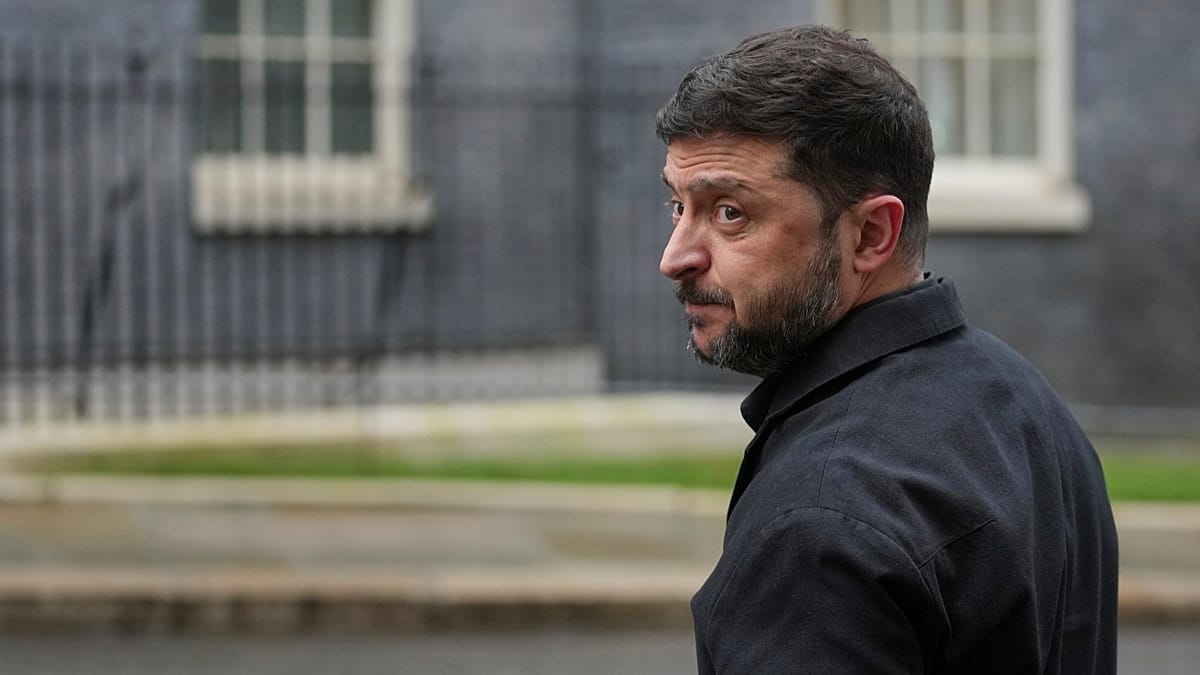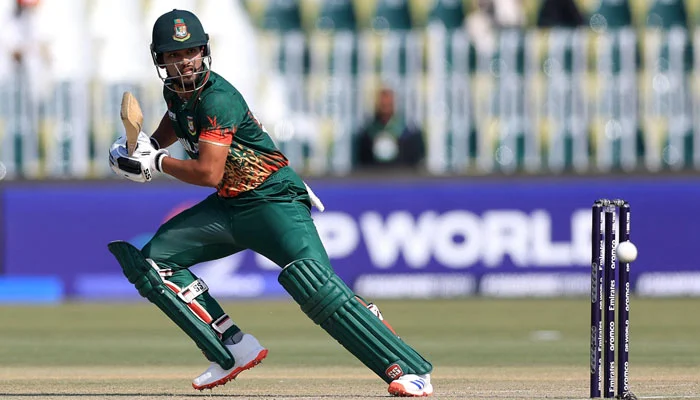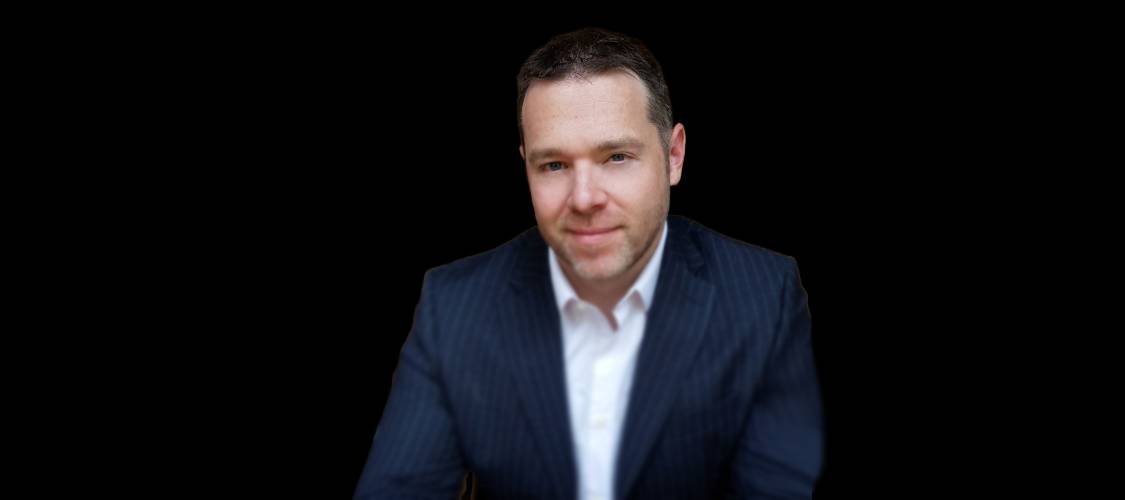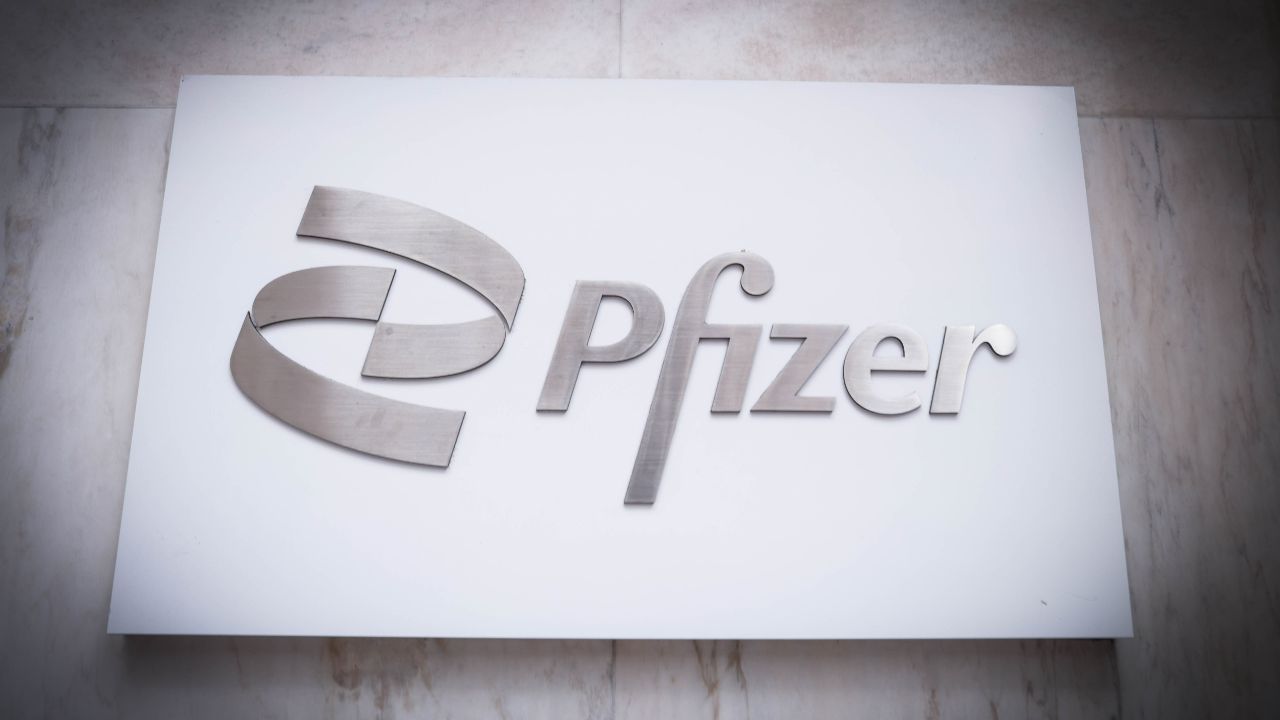Everything you need to know about NBA Europe

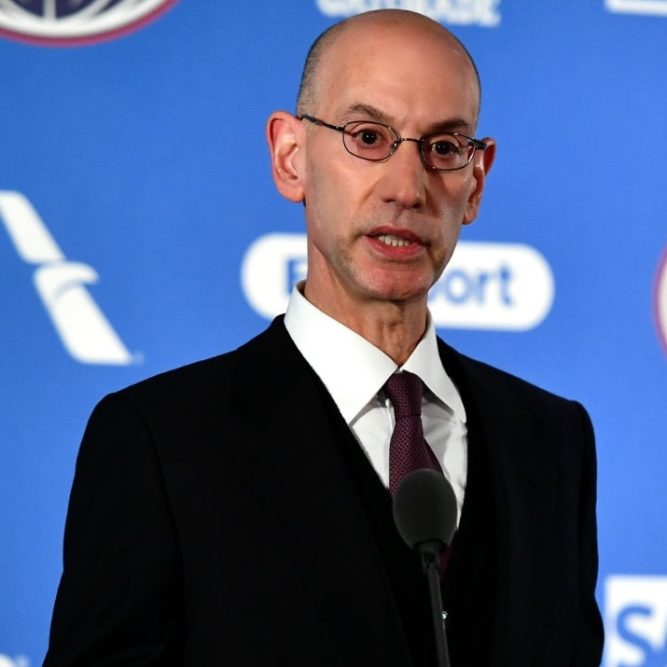
The discussion around NBA Europe is heating up. If only there was a detailed series that could bring you up to speed on the new basketball project? Fortunately, Emmet Ryan already put this together six months ago. Here’s your reminder of what you need to know about NBA Europe and what it means for FIBA, Euroleague, the NBA, and, of course, the fans.
We haven’t really had a chance to breathe since EuroBasket 2025, at which FIBA’s Jorge Garbajosa reiterated that NBA Europe will happen. There have been further statements from Euroleague, the NBA, even Galatasaray. It can be a bit of a headache for those of us who just want to watch basketball.
Fortunately, I put the time in earlier this year to do a deep dive on the challenges and opportunities that come with the project. Here’s the summary with links to the full articles.
The High Price of NBA Europe
In The High Price of NBA Europe, I explore the staggering financial stakes behind the proposed joint venture between the NBA and FIBA. The plan is to launch in 2026/27 with 16 teams, 12 permanent franchises and 4 through qualification, blending the NBA’s franchise model with European league traditions.
“The capital costs will go beyond simply the franchise fee,” I wrote. “Getting to NBA-level production standards will require investment in the existing arena infrastructure.”
The legal and regulatory landscape also looms large, with European Union competition law and differing tax systems making any attempt at a salary cap or tax parity deeply complex.
Cities such as London or Paris could see franchise prices reach $500 million, and if the projected revenues fall short, those investments could sour fast. The ghosts of NFL Europe still linger as a reminder of what’s at stake.
Can NBA Europe Take Over?
In Can NBA Europe Take Over? I dig into the structural clash underpinning the NBA’s European ambitions,particularly, the move to bypass EuroLeague instead of collaborating with it. I lay out how the decision signals a battle for control over continental basketball.
“The option was there for the NBA and FIBA to make peace with EuroLeague,” I wrote. “Instead, they chose war.”
A key point is that EuroLeague, as a closed competition run by its top clubs, operates on fundamentally different principles than FIBA, which favours more open systems.
The planned NBA Europe league has the type of hybrid model intended to appease FIBA’s meritocratic leanings, with a mix of permanent members and qualifying teams. But that structure risks alienating existing fans accustomed to local league connection: “This disruption will not be an easy sell.”
At its core, the question is who actually steers European basketball. The NBA’s bet is that market power might outweigh legacy influence but without buy-in from elite clubs, the venture may lack legitimacy.
BallinEurope is ramping up its YouTube game this season. Subscribe to our channel now for player exclusives, analysis videos, and much more.
Will Europe’s Top Clubs Join NBA Europe?
In Will Europe’s Top Clubs Join NBA Europe?, I confront the central dilemma for the NBA–FIBA project: without top European clubs on board, NBA Europe lacks legitimacy. I explore which clubs might lean in, which will resist, and why.
Of EuroLeague’s then 18 clubs, FC Bayern Munich stands out as especially open. Their new arena and appetite for brand growth make them a natural candidate. Others like Alba Berlin (now in the Basketball Champions League) or Paris Basketball could be interested, though Paris is complicated by the NBA’s eye on PSG and potential Berlin competition.
But most power lies with the “EuroLeague Bloc” of permanent members, the likes of Real Madrid, Barcelona, Olympiacos, Fenerbahçe, Maccabi, Panathinaikos. These clubs already own sway in their league and wield financial and cultural influence. Leaving their control and heritage for a new project is no small ask.
Joining NBA Europe would require paying franchise fees, but these clubs would also want governance, scheduling input, and control over commercial dealings, all things they currently enjoy in EuroLeague. The transition would involve not just financial tradeoffs, but identity, legacy, and power.
BallinEurope has a book, a real life actual book called I Like it Loud, and you can buy it on Amazon now. It’s here as a book and here in Kindle form.
Can NBA Europe Win on TV?
In Can NBA Europe Win on TV? I argue that the media rights and broadcast angle are the lynchpin of NBA Europe’s financial viability. No matter how polished the games or big the brand, “NBA Europe will live and die by how well it performs on screen.”
The NBA brings a broadcast product of unmatched polish “the standard of production expected … is different to even the highest other levels of basketball.” Yet Europe presents a tough landscape: rights are fragmented across markets, languages, and media ecosystems.
Local broadcasters might balk at the prices the league expects, even with the NBA badge attached. Language is another barrier. While English pulls power in US markets, Europe’s multilingual media market means “the whole production must be developed with each region’s needs in mind.”
There also needs to be a consideration of the roles and conflicts of digital and linear broadcasting. The NBA has a shot at making a European “League Pass” work if it goes digital-first and partners locally but converting existing NBA viewers in Europe into local NBA Europe fans won’t be easy.
Will Fans Buy In to NBA Europe?
In Will Fans Buy In to NBA Europe? I explore the emotional and cultural hurdles the new league faces. Without fans, even the slickest product is empty. “NBA Europe can build arenas. It can license logos. What it can’t do is manufacture loyalty.”
European basketball culture is tribal, not product-driven. Supporters follow clubs bound to cities, rivalries, and generations of history. “Fans of Euroleague sides … feel [their club] to be an extension of their own culture.” Launching new franchises in markets such as Paris or Berlin risks feeling artificial, especially when legacy clubs still command deep emotional loyalty.
Another key challenge lies in the product itself. The European core expects a certain style of basketball, while newer audiences may crave an NBA-style spectacle. That culture clash could define the league’s fate. To win hearts, NBA Europe must be authentic, winning fans one city at a time.
Well, there you are
That’s a lot and, honestly, while it’s all still relevant the lack of detail around what NBA Europe will actually entail remains a key missing piece. The view seems to be a double round-robin league of 16 teams with playoffs and finals.
Still, how that ties into the broader basketball calendar and what financial requirements will be in place let alone TV deals is very much up in the air. There’s going to be more to discuss for a while to come.
The post Everything you need to know about NBA Europe appeared first on BallinEurope.



